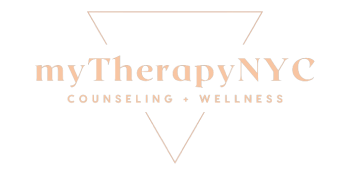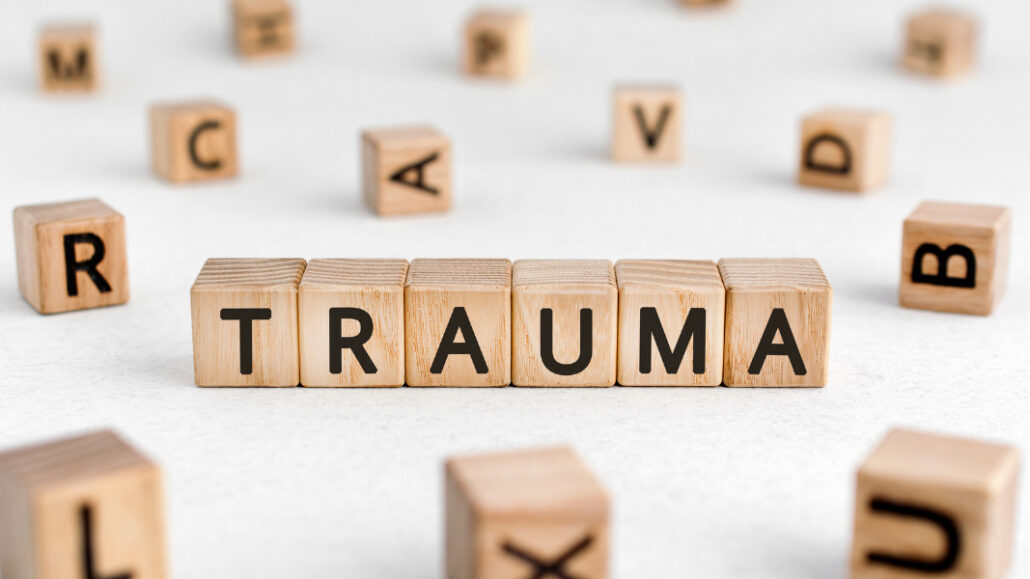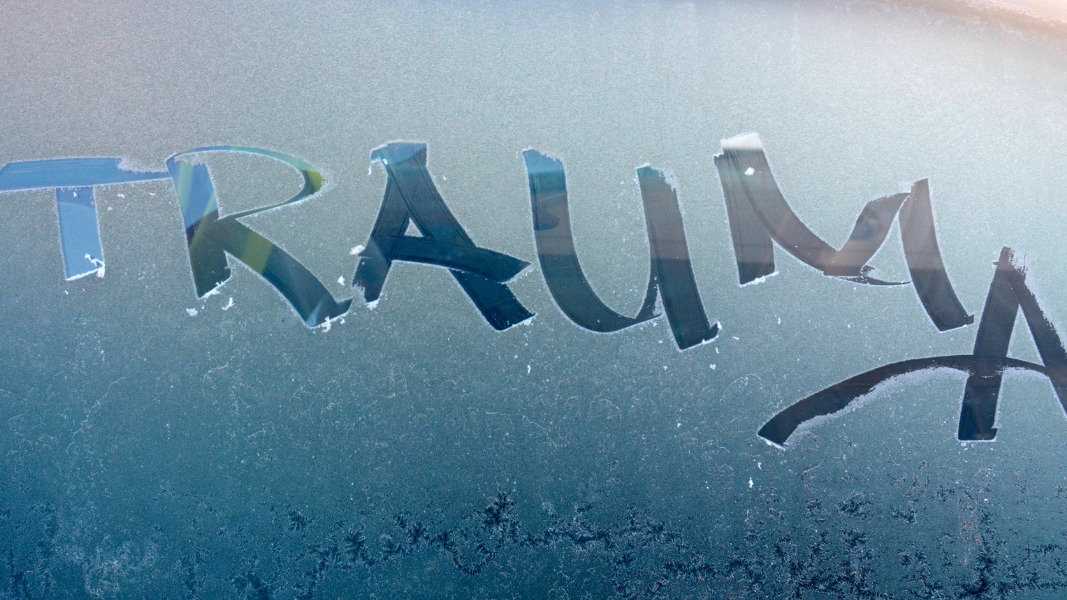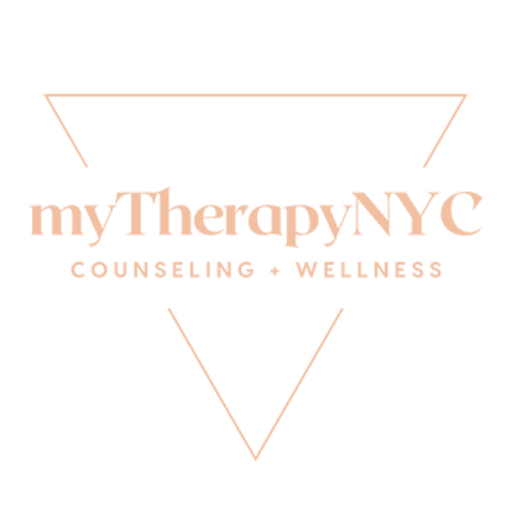A common misconception in the treatment of Complex Post Traumatic Stress Disorder, or cPTSD treatment, is that in order to heal from traumatic experiences, we must be able to remember, recall, relive and reprocess painful memories. While reprocessing memories can happen with a trusted therapist, complex ptsd recovery involves many progressive and simultaneous levels of healing. Each level addresses a developmental arrest, or something you couldn’t learn as a child because you were focused on surviving.
Complex trauma therapy helps survivors rewire towards:
- self-acceptance
- clear sense of identity
- self-compassion and self-care
- self-protection
- the capacity to draw comfort from a relationship
- the ability to relax
- the capacity for full self-expression
- willpower and motivation
- peace of mind and the belief that life is a gift
- self-esteem and self-confidence.
Levels of recovery include:
- cognitive
- emotional
- spiritual
- physical
- relational
Read on to learn more about each level.
Cognitive healing
When you and your therapist begin complex trauma therapy, the first phase may be cognitive healing. This is the process of working specifically with the thoughts and beliefs you have about yourself, others and/or the world. Your therapist may offer a lot of psycho-education to help you unlearn limiting expectations about how humans, the mind, or even emotions work. Often, this is the first phase of the healing process due to how accessible it is. We are usually quite familiar with living in our thoughts.
Cognitive healing is also described as updating your “operating system”, or rewriting the stories we tell ourselves, especially about our pain. Common cognitive related issues addressed in this phase include thoughts that are difficult to control, unfairly taking on blame, low self-esteem and distorted self-image, allegiance to your inner bully, and more. Goals for cognitive healing include psycho-education, shrinking your inner critic, and/or developing a mindfulness practice.
Psychoeducation
As mentioned earlier, psycho-education in the form of worksheets, books, and podcasts can assist us in replacing the old beliefs we are trying to challenge. Psycho-education can give us the ammo to stop attacking ourselves in our thoughts. We can begin to believe that we are all just doing our best. This leads to working with our inner critic, or the inner voice we develop from toxic shame and self-hatred. This voice is usually begins with any outer critics we encounter in childhood. Learning not to accept the thoughts from our inner critic as facts is essential in the cognitive phase of complex trauma therapy.
Mindfulness
In this phase, you may also learn and practice Mindfulness skills. During mindfulness practice in therapy for complex trauma, we learn how to witness our inner worlds with neutral curiosity. This almost acts as a break from your own inner bully. As your mindfulness skills develop, they can greatly enhance work explored in others phases of cptsd treatment.
Read more about the benefits of mindfulness
Emotional healing
Survivors of complex trauma can struggle tremendously in connecting with and understanding their own emotions. They may even have trouble believing it is safe to feel some or all emotions. Emotional healing can be an important phase in cptsd treatment if early caregivers, peers, or past experiences have left you with shame that has been difficult to process or understand. Until young adulthood, we developmentally tend to see our experiences as a consequence of not just our actions, but our essential personhood. For example, we can think of the difference between “I did something bad” and “I am a bad person.” Sometimes we may internalize traumatic experiences as evidence of our own unworthiness and lack of safety.
What are emotional flashbacks?
Emotional healing targets one of the most pervasive experiences of those seeking treatment for cPTSD, which are emotional flashbacks. An emotional flashback is when we experience a trigger that mentally transports us back to a time or place when we felt small, helpless, hopeless, and powerless. An emotional flashback is not just the experience of these emotions, but in an overwhelming way that interferes with our lives.
How to manage emotional flashbacks
We can learn to manage emotional flashbacks through cPTSD treatment instead of rearranging and limiting our lives to avoid triggering situations. By building gradually through the goals of cognitive healing, we prepare ourselves to take on the work of managing our flashbacks so that we can listen to what we are feeling and what we need. By changing the experience of a flashback, we can learn a felt sense of inner safety. We can reduce our toxic shame and the power it has over our thoughts, emotions and actions. This phase of ptsd treatment can also involve a lot of grieving not just the care and understanding we did not receive but the alternate timelines we missed out on because we were surviving.
Read more about triggers of emotional flashbacks
Spiritual healing
Whether you engage in a religious practice or not, all humans have spiritual needs that when unfulfilled or neglected cause suffering. We all have a need to feel a sense of belonging to other humans, humanity and a sense of life force in some way. This is described as a numinous experience, or an experience that promotes a belief in a positive, benign force behind the world, each other and/or ourselves. We can experience this spiritual connection in organized religion, connection with others, nature, music, art or any moment that feels like a gift.
Those who have experienced complex trauma have often survived because of their spirit’s ability to not just have numinous experiences, but believe in them at all. When we engage in this phase of cptsd therapy, we can address core experiences of abandonment and the despair that followed. We can challenge all or nothing, perfect or failure, victim or monster binary thinking and make space for multiple truths to exist simultaneously, to practice both gratitude and grief. We can also learn about good enough parenting, not just to speed towards forgiveness of our caretakers but to apply to how we parent ourselves, and how we might parent any children we want in the future or have in the present.
Physical (somatic) healing
During cptsd therapy, reconnecting with the body can come in later phases of work. Because we often learn to survive by retreating into our minds, it can take time to rewire back to the body in a way that isn’t overwhelming. Observing our bodily sensations like breath, tension, temperature is a skill most of us are not encouraged to keep sharp. We can learn to attune to our physical symptoms of fight, flight, freeze and fawn without getting lost in our thoughts or emotional flashbacks.
By scanning our environment, we can address symptoms like hyper-vigilance, or feeling restless, jumpy, and on alert. Trauma teaches our nervous system to always be ready, which can lead to shallow breathing, muscle tightness, digestive issues, and sleep issues. A therapist may encourage you to reconnect with your body through movement that promotes feeling present and relaxed. With practice, you can create feelings of safety in and with your body. As a result, you can spend more time within your window of tolerance instead of in fight, flight, freeze or fawn.
Relational healing
Unfortunately, healing our relationships is a phase of complex trauma treatment that cannot be approached effectively without many, if not all of the previous stages. This can be frustrating, as human beings are wired for connection and thrive when together. It may be tempting to address isolation first and target goals related to relationships to reduce the pain of loneliness. However, relationships are complex. It can be difficult to navigate them without effective coping skills. In this later phase of work, you can learn how to handle and heal from conflict, rejection, abandonment and the end of painful relationships. You might integrate work from spiritual healing to practice self reparenting, when we act as if we are our own nurturing caregiver. Imagine this nurturing part of you as the “cool babysitter” you wish you had when you were a child.
Phases of recovery in cPTSD treatment
Recovery is both progressive and simultaneous. Cognitive healing is often the first, and most accessible phase for your current window of tolerance. Initially, your window of tolerance may feel narrow. You may need to take some time to strengthen it before starting this kind of work. In emotional healing, we grieve childhood losses, which is an ongoing process that can take many years. During that process, you may develop more capacity for the deeper kind of work. You may begin to feel ready to address feelings of grief and abandonment from past losses. When the process of somatic healing is started, it can feed into the previous phase and expand self-compassion. Finally, relational healing usually comes later in recovery.
Signs of recovery can include:
- less intense 4F responses
- standing up to your inner critic
- being more mindful
- recognizing emotional flashbacks when they occur
- lower level of pain during emotional flashbacks
- feeling good about yourself
- less use of harmful coping methods (e.g. drugs and alcohol, emotional eating, impulsive spending, etc.)
- feeling good enough in your relationships
Recovering from cptsd can be a difficult and lengthy journey, and the work constantly shifts and changes. However, the potential outcome can make the effort worthwhile in the long run.
Are you interested in cPTSD treatment? Reach out to myTherapyNYC to find out which of our therapists would be a good fit for you!
What surprised you about cPTSD recovery? Leave a comment below!
- Expanding Your Window of Tolerance - February 1, 2024
- Different Types of Therapists – Understanding Mental Health Practitioners - November 9, 2023
- Sex and Anxiety: Tips for Overcoming Performance Anxiety [Video] - April 13, 2023






1 comment
Thanks for sharing this information online. I don’t have access to the kind of help I feel that I need presently though I will continue to look for it. Resources like this help me to help myself in the meantime.